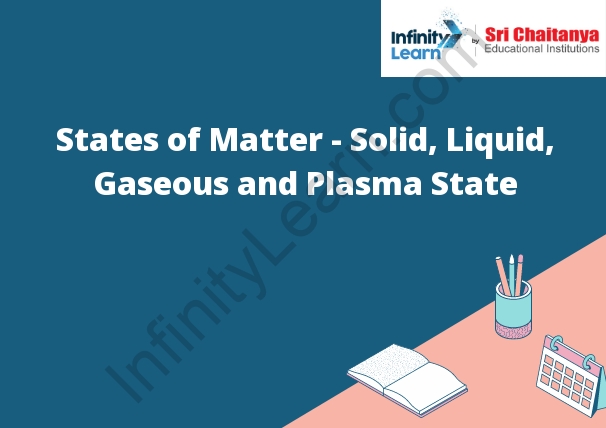Table of Contents
Intermolecular Forces ;
The forces that exist between molecules are called intermolecular forces. There are several different types of intermolecular forces, but all of them involve the attraction between molecules.
The strongest type of intermolecular force is called a covalent bond. This type of bond is formed when two atoms share a pair of electrons. Covalent bonds are very strong and hold molecules together tightly.
The weakest type of intermolecular force is called a hydrogen bond. This type of bond is formed when a hydrogen atom is attached to a nitrogen, oxygen, or fluorine atom. Hydrogen bonds are weak, but they are very important in holding molecules together.

Thermal Energy
Thermal energy is the sum of all the kinetic energies of the particles in a system. The greater the temperature of a system, the greater the thermal energy. Thermal energy can be transferred from one object to another by conduction, convection, and radiation.
Intermolecular Forces vs Thermal Interactions
Intermolecular forces are the forces that exist between molecules, while thermal interactions are the forces that exist between particles. Intermolecular forces are weaker than thermal interactions, and they are responsible for the attractions and repulsions between molecules. Thermal interactions are responsible for the attractions and repulsions between particles, and they are stronger than intermolecular forces.
The Gaseous State
In the gaseous state, the atoms and molecules are far apart from each other and move around freely. This allows them to spread out to fill any container and makes them difficult to compress. Gases are usually colorless and odorless.
The Gas Laws
The gas laws are a group of physical laws that describe the behavior of gases.
The gas laws are Boyle’s law, Charles’s law, Gay-Lussac’s law, and the ideal gas law.
Applications of Ideal Gas Law
The ideal gas law is used in a variety of real-world applications.
One application is in the design of gas turbines. In a gas turbine, hot gas is used to turn a turbine, which then powers a generator to create electricity. The ideal gas law is used to calculate the amount of gas needed for the turbine.
Another application is in the design of gas masks. A gas mask needs to be able to filter out harmful gases, and the ideal gas law is used to calculate the size of the filter needed.
Ideal Gas Equation
The ideal gas equation is a mathematical model that describes the behavior of an ideal gas. The equation is
PV = nRT
where
P is the pressure of the gas
V is the volume of the gas
n is the number of moles of the gas
R is the ideal gas constant
T is the temperature of the gas
Derivation of Ideal Gas Equation
The ideal gas equation is a mathematical model that allows us to calculate the properties of an ideal gas. It is based on the following assumptions:
The gas consists of very small particles in constant, random motion.
The particles do not interact with one another.
The gas is in a state of thermodynamic equilibrium.
The gas occupies a volume of negligible size.
The gas is an ideal gas.
The ideal gas equation is as follows:
PV = nRT
Kinetic Molecular Theory of Gases
The kinetic molecular theory of gases is a model that explains the properties of gases in terms of the motion of their individual molecules. According to the theory, the molecules in a gas are in constant motion and collide with one another and the walls of the container. The temperature of a gas is determined by the average energy of the collisions.
Behavior of Real Gases: Deviation from Ideal Gas Behavior
The behavior of real gases deviates from the ideal gas behavior described by the equation of state. In particular, the density and pressure of a real gas are not independent of each other, as they are in an ideal gas.
The deviation from ideal gas behavior is most noticeable at high densities and high pressures. At low densities and low pressures, the deviation is much less pronounced.
Liquefaction of Gases
If the pressure on a gas is reduced, the gas may liquefy. Liquefied gases are gases that have been converted into liquids by reducing the pressure on the gas. Some common liquefied gases are liquefied natural gas (LNG), liquefied petroleum gas (LPG), and liquid nitrogen (LN2).
Liquefied natural gas (LNG) is natural gas that has been cooled to a temperature of about –260 degrees Fahrenheit (–162 degrees Celsius). At this temperature, the natural gas becomes a liquid. Liquefied natural gas is often used as a fuel for automobiles and trucks.
Liquefied petroleum gas (LPG) is a mixture of hydrocarbons that is often used as a fuel for automobiles and trucks. LPG is made by cooling a gas mixture to a temperature of about –260 degrees Fahrenheit (–162 degrees Celsius). At this temperature, the gas mixture becomes a liquid.
Liquid nitrogen (LN2) is a colorless, odorless, and tasteless gas that is often used as a refrigerant. LN2 is made by cooling nitrogen gas to a temperature of about –321 degrees Fahrenheit (–196 degrees Celsius). At this temperature, the nitrogen gas becomes a liquid.









